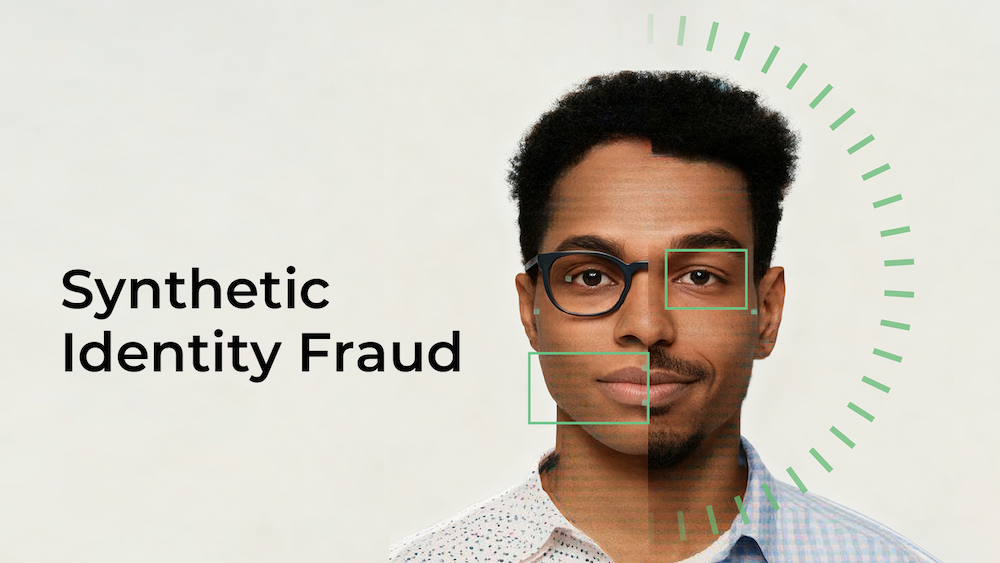We do not offer, support, or condone any illicit services mentioned in this glossary. We also do not sell any data to illegal entities. These terms are provided solely for educational and awareness purposes to help businesses understand and prevent fraud.
What is Loan Application Fraud?
Loan application fraud encompasses various loan fraud schemes where individuals or businesses provide false or misleading information on loan applications to obtain funds or credit they would not otherwise qualify for.
How Loan Fraud Occurs?
- Identity Theft
- Stolen Identities: Using stolen identities to apply for loans and credit.
- Income Misrepresentation
- False Income Statements: Providing false income information to qualify for larger loans.
- Employment Fraud
- Fake Employers: Using fictitious employers or job positions to meet loan requirements.
- Property Overvaluation
- Inflated Asset Values: Overstating the value of assets or properties to secure larger loans.
- Falsified Documents
- Forged Paperwork: Submitting forged documents such as tax returns, pay stubs, or bank statements.
What are the Impacts of Loan Application Fraud on Businesses?
- Financial losses
- Loan Defaults: Financial losses from defaulted loans obtained through fraudulent means.
- Increased Risk
- Higher Risk Exposure: Increased risk exposure and higher default rates on loan portfolios.
- Reputation damage
- Trust Issues: Damage to reputation and loss of customer trust due to association with fraud.
- Regulatory Consequences
- Compliance Challenges: Potential fines and regulatory scrutiny for failing to detect and prevent fraud.
- Operational Costs
- Fraud Detection: Higher costs associated with enhanced fraud detection and prevention measures.
Prevention: How to Detect Loan Fraud
Preventing loan application fraud requires proactive strategies and the deployment of advanced technologies. Here are effective measures to detect and prevent fraudulent activities:
- Employ identity verification systems to combat identity theft in loan applications. Use biometric authentication like device fingerprint and document verification to ensure the applicant's legitimacy.
2. Income and Employment Verification
- Leverage automated solutions to detect income misrepresentation and verify employment fraud. This includes cross-referencing tax records, employment documents, and credit history.
3. Fraud Detection Tools
- Deploy AI-powered fraud detection tools to recognize anomalies and patterns associated with loan fraud schemes.
- Use predictive analytics to monitor behaviors indicative of credit application fraud or falsified documents.
4. Behavioral Analysis and Risk Scoring
- Integrate behavioral analytics to assess fraudulent loan activities. Evaluate user patterns and assign dynamic risk scores to identify suspicious applications.
5. Anti-Fraud Collaboration
- Collaborate with other financial institutions to share data on common financial fraud schemes, ensuring a unified approach to tackling fraud.
Learn more about Application Fraud Detection.













